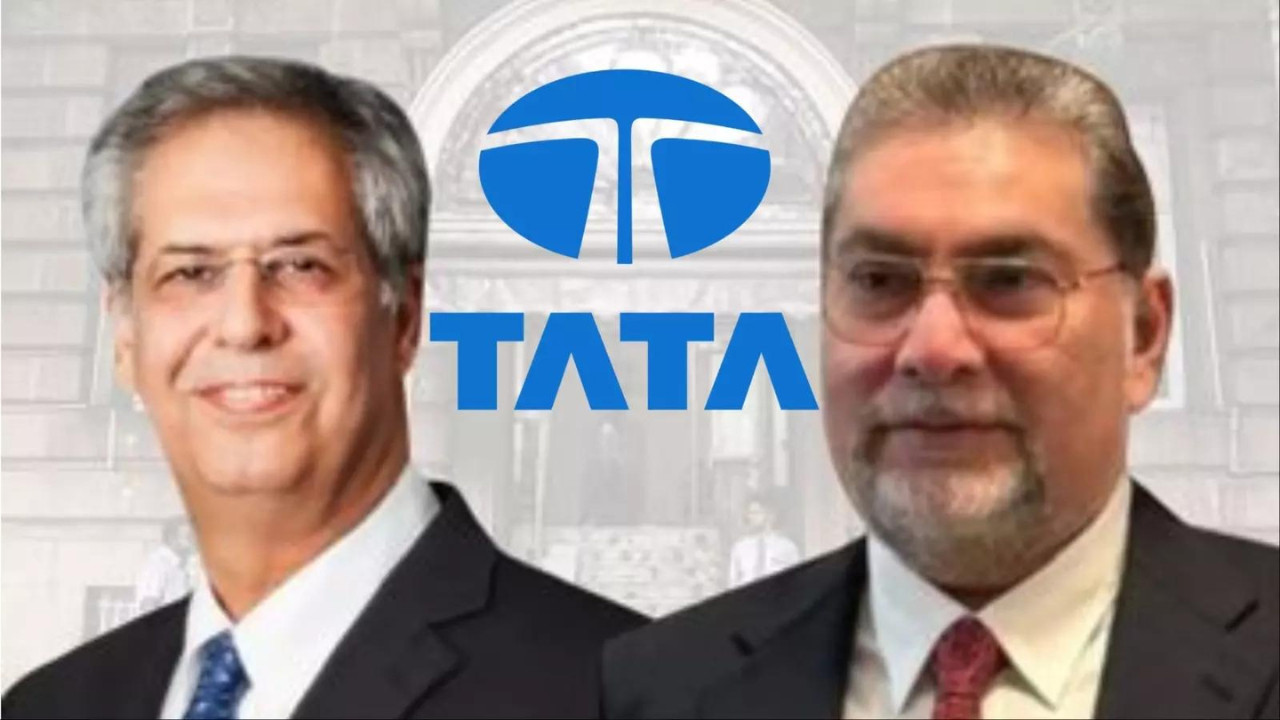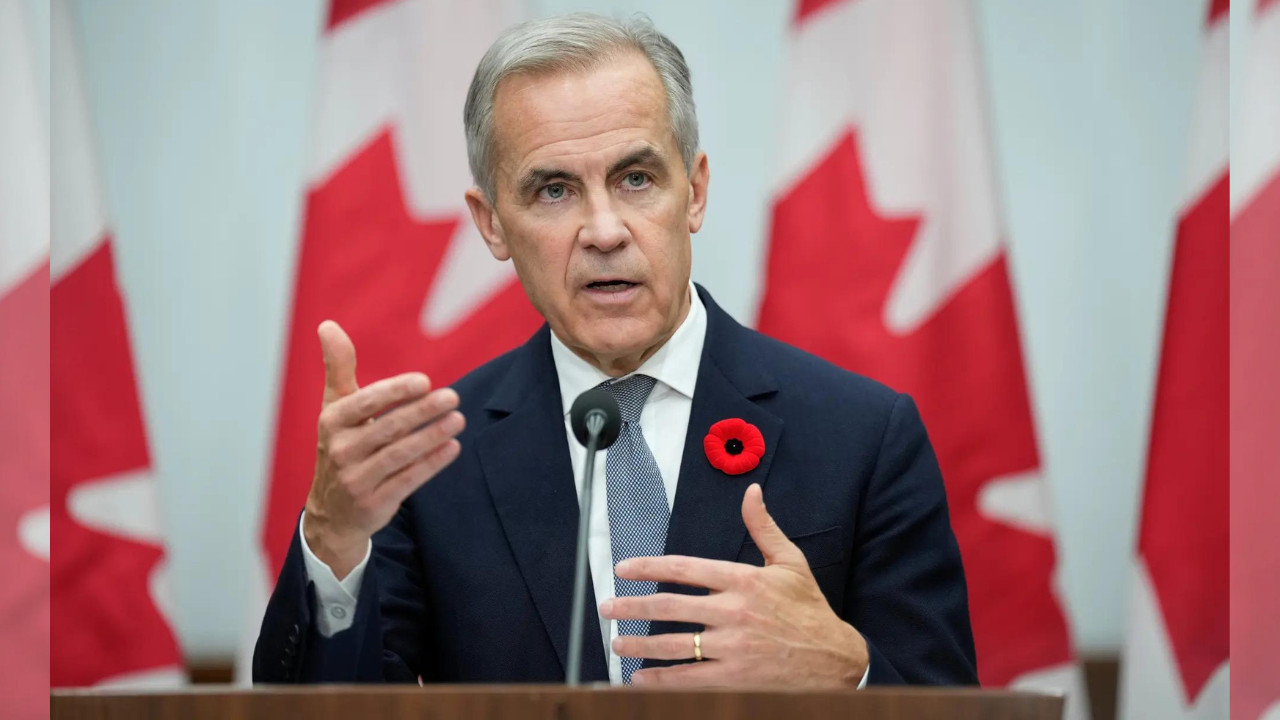Is TCS Caught in the Microsoft Cyberattack Crossfire? A Look at the Ripple Effects
Okay, cybersecurity folks, grab your coffee. We’ve got a potential plot twist brewing in the aftermath of the recent Microsoft cyberattack that’s got everyone on edge. Turns out, Tata Consultancy Services (TCS), one of India’s tech behemoths, is investigating whether it was inadvertently pulled into the vortex of this breach.
Let’s rewind a bit. You’ll remember the headlines buzzing about a massive cybersecurity incident targeting Microsoft’s systems. The attackers, suspected to be the infamous Midnight Blizzard group (also known as APT29 or Cozy Bear), allegedly managed to infiltrate Microsoft’s corporate email systems. Their goal? To pilfer information from the inboxes of senior leaders and cybersecurity staff. Ouch.
Now, TCS, a significant partner of Microsoft, is diligently trying to figure out if this intrusion reached their doorstep as well. A company spokesperson confirmed they’re “investigating a potential linkage,” adding that they’re working closely with Microsoft to understand the scope and nature of any potential impact. This isn’t just a formality; it’s a critical assessment to ensure their own systems and, more importantly, their client data remain secure.
The obvious question, of course, is how could TCS be involved? The answer likely lies in the intricate web of interconnectedness that defines modern tech partnerships. Companies like TCS often have deep integration with their client’s systems, offering services ranging from software development and maintenance to cloud management and cybersecurity solutions. This access, while essential for delivering services, can unfortunately become a vulnerability point if a client’s system is compromised.
Think of it like this: imagine you’re a construction company building a house (TCS), and the homeowner (Microsoft) has a faulty lock on their front door. A burglar gets in, rummages around, and potentially finds a blueprint of the house extension you’re working on. While the blueprint itself might not be a treasure trove, it could reveal sensitive information about the layout, security systems, or even the homeowner’s habits.
That “blueprint” in the digital world could be anything from access credentials and internal documents to proprietary code or project roadmaps. If Midnight Blizzard gained access to Microsoft email accounts containing information related to TCS’s projects or internal communications, it could potentially compromise TCS’s security.
What makes this situation even more concerning is the sophistication attributed to Midnight Blizzard. They are notorious for their patient, stealthy tactics and their ability to exploit vulnerabilities in complex IT ecosystems. This isn’t some script kiddie hacking from their basement; these are seasoned professionals, state-sponsored perhaps, with deep pockets and a relentless focus.
The stakes are incredibly high. For TCS, a breach could severely damage its reputation, eroding trust among its clients and potentially leading to significant financial losses. The company’s brand is built on delivering secure, reliable IT solutions. Any hint of a compromise would be a major blow. Beyond the immediate financial impact, the reputational damage could linger for years.
Moreover, a compromised TCS could inadvertently become a launchpad for further attacks on its clients. The attackers might leverage their access to TCS’s systems to target other organizations that rely on TCS’s services. This cascading effect is precisely what makes cybersecurity incidents so dangerous and why swift, decisive action is paramount.
So, what’s next? We can expect TCS to conduct a thorough forensic analysis of its systems, looking for any signs of unauthorized access or data exfiltration. They’ll likely be reviewing network logs, examining email activity, and scanning for malware. They’ll also be tightening their security protocols, reinforcing their defenses, and educating their employees about the latest phishing and social engineering techniques.
Transparency is key here. The more open and honest TCS is about the investigation’s findings, the better it will be for rebuilding trust and demonstrating its commitment to security. However, complete transparency might not be possible, as it could reveal vulnerabilities to other malicious actors. It’s a tightrope walk between informing stakeholders and protecting systems.
This incident serves as a stark reminder that cybersecurity is a shared responsibility. It’s not enough for companies to focus solely on their own internal defenses. They also need to carefully assess the security posture of their partners and suppliers, ensuring that everyone in the ecosystem is playing their part in safeguarding data and systems. The weakest link in the chain can be the most dangerous.
Ultimately, the full extent of the potential linkage between the Microsoft breach and TCS remains unclear. But the fact that TCS is taking this investigation seriously is a positive sign. It demonstrates a proactive approach to security and a willingness to confront potential threats head-on. The coming weeks will undoubtedly shed more light on this situation, and the entire cybersecurity community will be watching closely. This incident underscores the importance of vigilance and collaborative defense in the face of increasingly sophisticated cyberattacks.
📬 Stay informed — follow us for more insightful updates!







